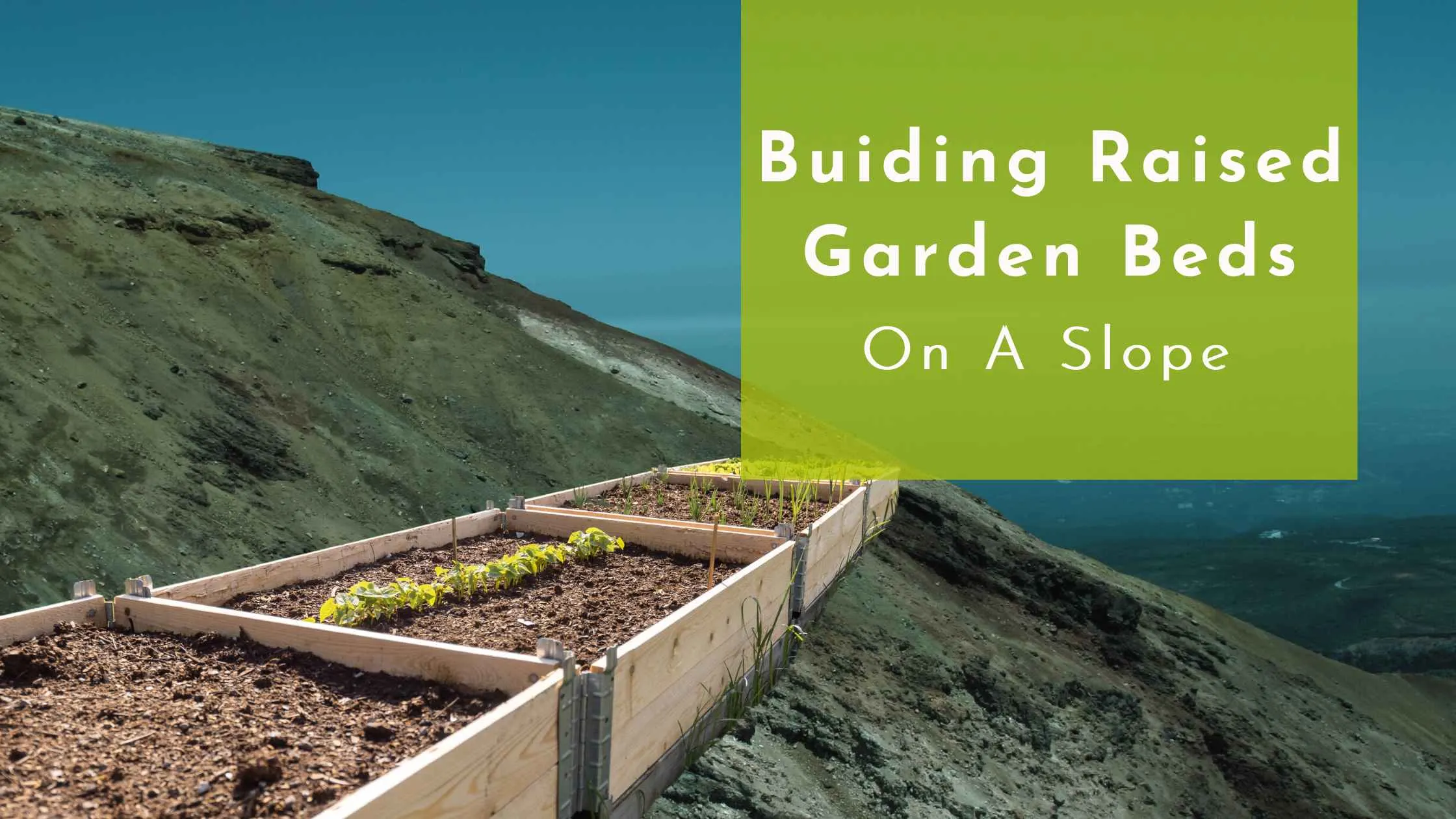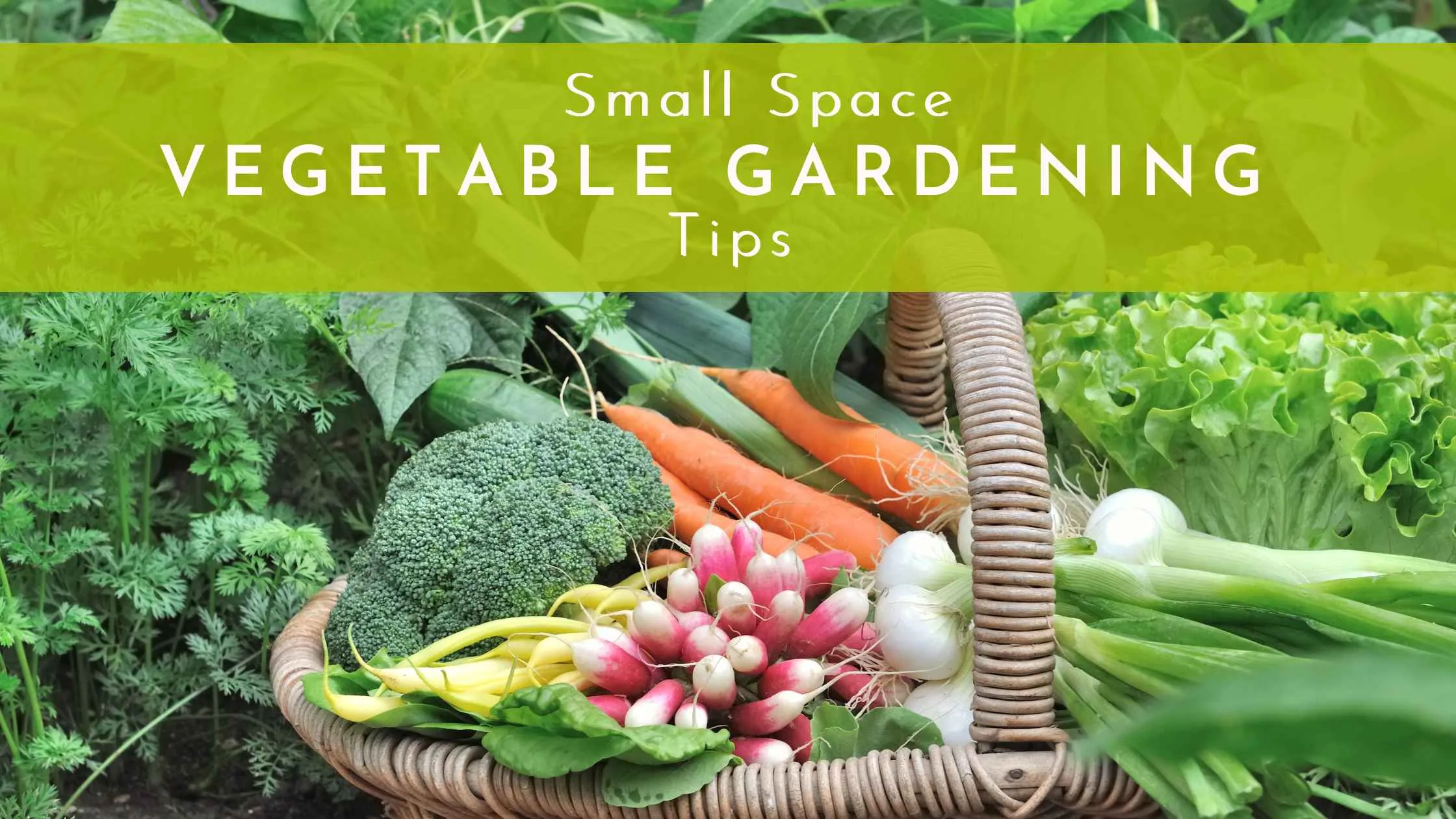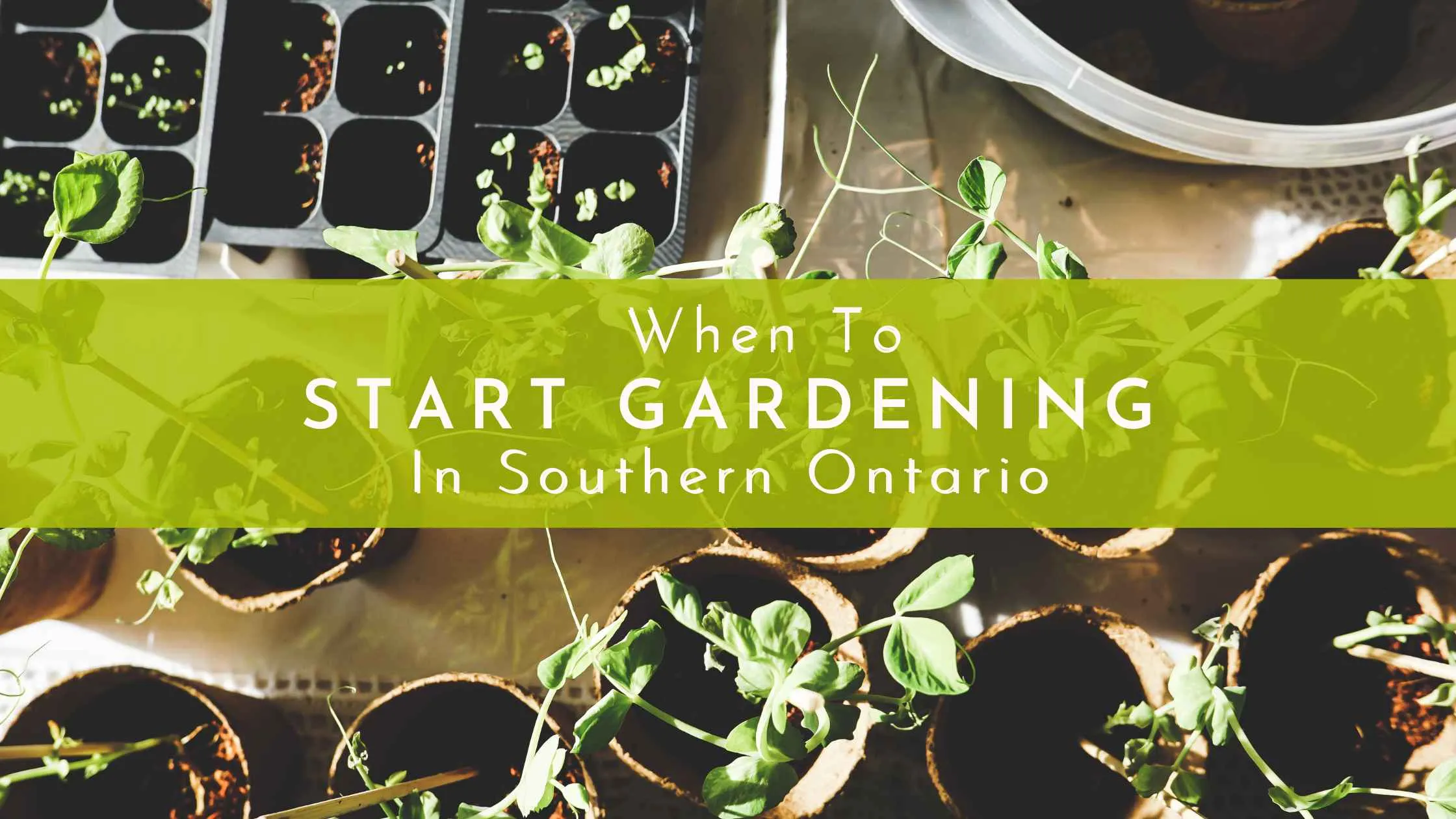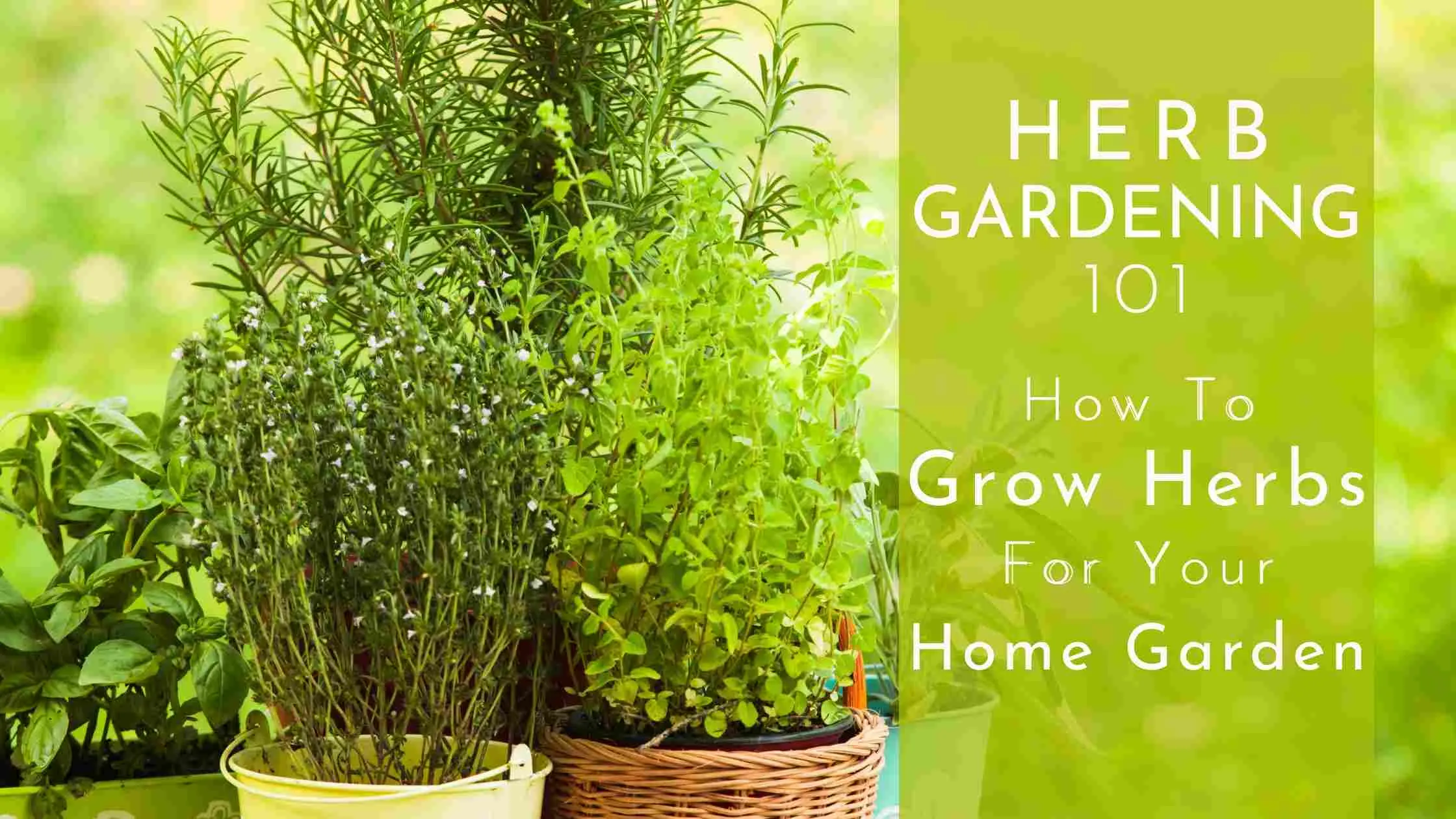How to Build Raised Garden Beds on a Slope
Gardening on a slope can seem daunting, but it doesn’t have to be. Understanding the process of building raised garden beds for a slope gives you a sense of control. It's a fantastic way to control erosion, improve drainage, and maximize your growing space.

Whether you're working with a gentle incline or a steep hill, this guide will show you how to construct sturdy, productive raised beds for your garden.
If you're new to raised garden beds, you should explore the basics and why they are a great choice for any garden.
Why Choose Raised Beds for a Sloped Yard?
There are several advantages to using raised garden beds on a slope. When working with a sloped garden, erosion can be a big issue. Heavy rain can wash away precious soil, making it hard for plants to thrive. Raised beds provide a solution by holding soil in place and improving water drainage so your plants are protected and get the necessary nutrients they need.
Key Benefits of Raised Beds on a Slope:
- Erosion Control: Raised beds act as barriers, keeping soil from sliding downhill.
- Improved Drainage: Slopes naturally improve drainage, and raised beds allow you to control water retention for optimal plant growth.
- Accessible Gardening: With soil elevated, you can easily reach your plants without straining your back or knees, making it more comfortable for gardeners of all ages.
Want to learn how to build your own raised garden bed? Check out this DIY Raised Garden Bed Guide
.
The Best Materials for Building Raised Garden Beds on a Slope
It's essential to choose materials that are durable and eco-friendly to ensure your raised beds last. You want something that can withstand the pressure of the soil while being kind to the environment.
Recommended Materials for Raised Beds:
- Untreated Cedar or Redwood: These woods are naturally rot-resistant and perfect for organic gardening. Be sure to avoid pressure-treated wood, which may contain harmful chemicals.
- Recycled Materials: Old bricks, stones, or cinder blocks can add character to your beds while being a sustainable choice.
- Metal or Composite: These materials are durable, especially in areas with heavy rainfall, though they may cost more upfront.
Step-by-Step Guide to Building Raised Garden Beds on a Slope
Step 1: Assess the Slope
Before you start building, it’s important to measure the angle of your slope. A steeper incline requires stronger support, while a gentle slope may only require slight leveling.
Step 2: Terrace the Area
Terracing is a simple but effective way to make your slope more manageable. For steep slopes, consider creating multiple levels or terraces. This helps distribute the weight of the soil and keeps it from shifting.
Step 3: Design and Layout
When building on a hill or incline, place your raised beds across the slope rather than running them downhill. This prevents water from rushing through the beds and washing away soil.
- Measure and mark where you want your beds to go.
- Use stakes and a level to ensure the uphill and downhill sides of your bed are even.
Step 4: Build the Bed Frame
For sloped areas, the downhill side of the bed should be taller than the uphill side to create a level surface. Secure the frame with anchors or stakes to prevent movement over time.
Step 5: Fill with Organic Soil and Compost
Because slopes drain water more quickly, using a rich mix of organic soil and compost is important. This will help retain moisture and provide essential nutrients for your plants.
Ready to start building raised beds? Check out this DIY Raised Garden Beds Guide for step-by-step instructions, including material recommendations and design tips.
Tips for Stabilizing Raised Garden Beds on Sloped Terrain
To keep your beds stable and secure on a slope, consider the following techniques:
- Use Stakes or Anchors: Drive stakes into the ground at each corner of the bed to keep it from shifting.
- Add Retaining Walls: A retaining wall can provide extra support and prevent soil from washing out for steeper slopes.
- Install Drainage Channels: These help control water flow and prevent your beds from waterlogging after heavy rains.
Maintaining Raised Garden Beds on a Slope
Once your raised beds are in place, they’ll require ongoing care to remain stable and productive.
How to Maintain Your Raised Beds:
- Check for Erosion: Inspect the area after heavy rainfall to ensure your beds are not shifting or losing soil.
- Add Mulch: Mulch helps retain moisture and protect the soil from being washed away.
- Monitor Drainage: Ensure water isn’t pooling in any areas, as this can lead to plant diseases or root rot.
Design Tips for Raised Beds on a Slope
Not only can raised beds on a slope be functional, but they can also add a beautiful visual element to your garden. Here are some design ideas to enhance the look of your sloped garden:
- Cascading Beds: A tiered design can create a stunning visual effect while making the most of your space.
- Planting Taller Plants: Place taller plants at the back of your bed (uphill) and shorter ones at the front to ensure all plants get enough sunlight.
- Companion Planting: Mix flowers, herbs, and vegetables for a beautiful and productive garden.
Start Building Your Raised Garden Beds on a Slope Today!
Building raised garden beds on a slope might sound daunting, but it's a rewarding project that is possible with the right planning and materials. By following the steps in this guide, you’ll create a garden that thrives while also managing erosion and water flow.
FAQs About Building Raised Garden Beds on Slopes
How can I prevent erosion in my raised beds on a slope?
To prevent erosion, ensure your beds are level, use stakes or anchors for support, and plant ground covers or mulch to reduce soil movement.
What’s the best way to stabilize a raised bed on a hill?
Drive sturdy wooden stakes into the ground at each corner of the bed for stability, or add retaining walls if needed.
How deep should my raised beds be?
Aim for a depth of 12–18 inches for most plants. On steeper slopes, you might need to adjust the height of the downhill side to create an even planting surface.








